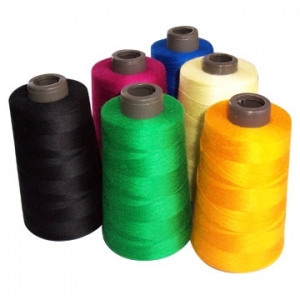Rayon is a generic fibre category that includes manufactured fibres composed of regenerated cellulose (mainly from wood pulp). Specific types of rayon include lyocell (also sold as Tencel), modal (often made from beech trees) and viscose. Rayon is characterised by its high absorbency, its draping qualities, its lustre, as well as its ability to be dyed with bright colours. Rayon is often used for clothing and household textiles.
Various chemists were working on adapting cellulose to make fibres in the latter half of the nineteenth century, but it was not until 1894 that the English chemist, Charles Frederick Cross, and his colleagues patented an artificial silk that was commercially viable. They called the new fibre 'viscose'. The first commercial viscose rayon was produced by the British firm of Courtaulds Fibres in 1905. The term 'rayon' was officially accepted in the USA in 1924, while in Europe the term 'viscose' remained in use.
Also known as: artificial silk or wool silk.
Source: TORTORA, Phyllis G. and Ingrid JOHNSON (2014). The Fairchild Books: Dictionary of Textiles, 8th edition, London: Bloomsbury, p. 500.
Digital source of illustration (retrieved 27 June 2016).
GVE

